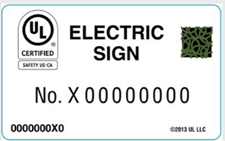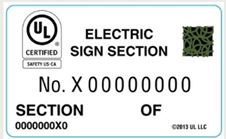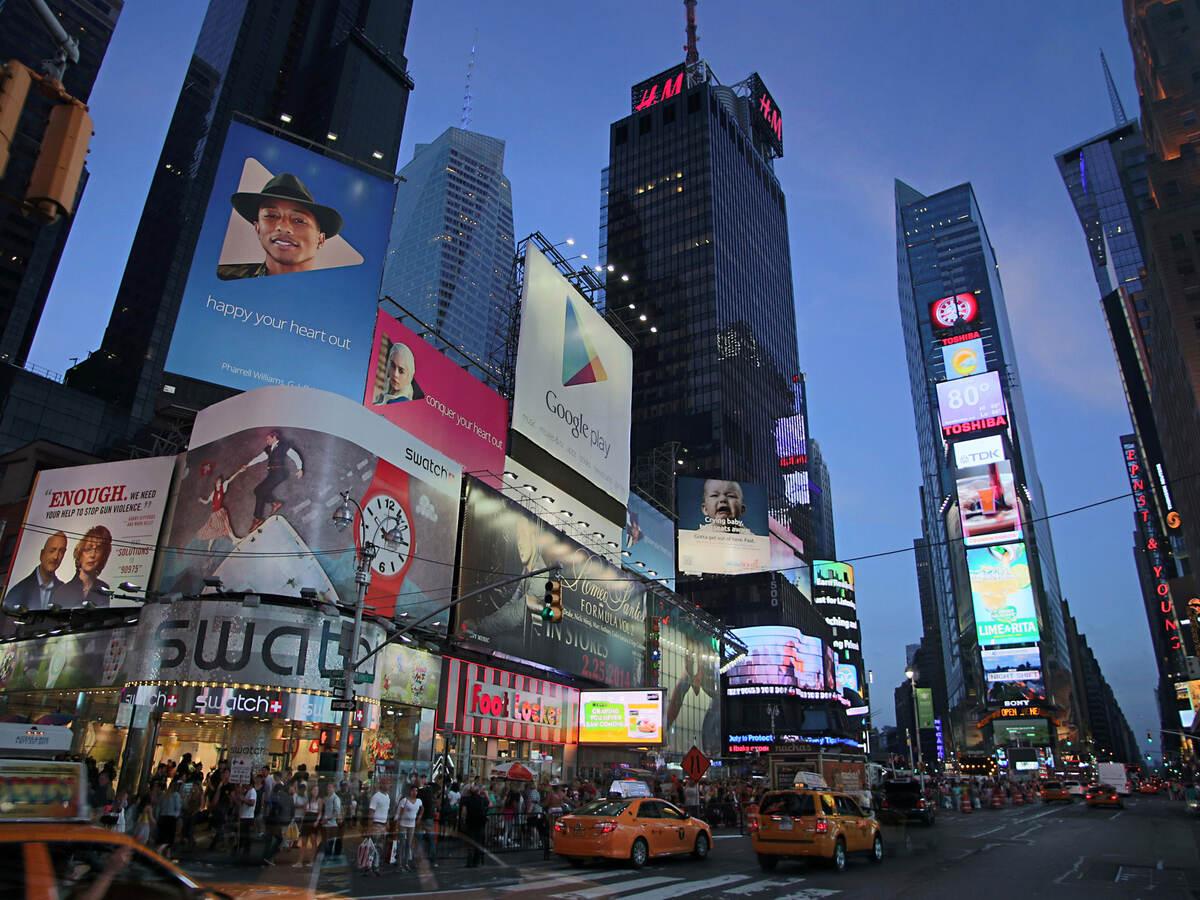
October 21, 2024
By Michael Shulman, Principal Engineer, Lighting
Distinguished Member of Technical Staff, William Henry Merrill Society
The shift to light-emitting diode (LED) technology has had a tremendous impact on the sign community, and virtually all of it has been positive — improved energy efficiency, reduced maintenance, image and color quality, and control versatility are among the most noticeable benefits. The energy efficiency improvements allow LED signs of a reasonably large scale to operate within Class 2 power limits, reducing the scale of safeguards needed to manage fire and electric shock injury risks.
Traditionally, signs consisting of multiple interconnected parts (such as channel letters used to spell a facility name) have had branch circuit power brought into each section and certified as section signs. Each section of a certified section sign is individually labeled to demonstrate its compliance with the safety requirements of UL 48, the Standard for Electric Signs.
One of the secondary benefits of operating within Class 2 limits is the ability to utilize the Class 2 wiring methods of the National Electrical Code® (NFPA 70®, 2023; NEC®) between remotely located sign housings. When Class 2 wiring methods are available, the interconnection between physically separate parts of a sign can be accomplished with less bulk, more flexibility, better aesthetics and lower cost.
What’s new?
In December 2023, UL 48 was revised to better acknowledge the safety risk profile of multi-housing signs operated within Class 2 power and voltage limits. These revisions redefine section signs to decouple housings that contain only Class 2 circuits from the definition while ensuring that these housings are suitable for field installation using Class 2 wiring methods. They also require installation instructions to identify all associated parts of the overall sign to verify that the Class 2 power supply operates within its marked rating.
The UL Solutions sign certification program has separate individual versus section sign labeling provisions. Each section of a section sign is required to be identified in terms of the total number of sections. For example, the section sign label includes “1 of 4,” “2 of 4,” etc. For these newly redefined multi-housing signs, only the housing containing branch circuit power — the one containing the Class 2 power supply — requires a sign certification label. This new approach reduces the number of certification labels and gives sign manufacturers more options to manage sign aesthetics, especially for signs with many (often small) separate housings.
UL Solutions still retains the section sign certification program to address designs that bring branch circuit power into each section. It allows a manufacturer to certify any multi-housing sign as a section sign if that’s their preference.
For questions or additional information, please contact UL Solutions at ULregulatoryservices@UL.com.


Note: Source: https://markshub.ul.com/. (Actual labels are holographic with a gold background.)
Stay informed
Actionable insights on the topics you choose, delivered directly to your inbox.

